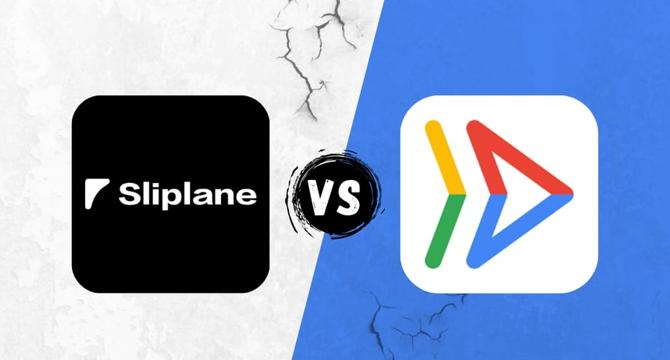Dev
1M
172

Image Credit: Dev
Google Cloud Run vs Sliplane - Comparison of two container hosting services
- Google Cloud Run (GCR) and Sliplane are container hosting services with different focuses and features.
- Google Cloud Run offers serverless deployment, excellent scalability, but unpredictable pricing and cold starts for idle services.
- Sliplane provides fixed resources, reliable performance, and is ideal for startups, SMBs, and solo developers with predictable pricing.
- Google Cloud Run is suitable for enterprises with high scalability needs and fluctuating workloads while Sliplane targets simplicity and affordability.
- GCR's serverless model scales automatically based on demand, supports up to 8 vCPUs and 32 GB memory, with a global deployment option.
- Sliplane offers servers that stay up until deleted, limited scalability, and manual horizontal scaling with server options up to 16 vCPUs and 32GB RAM.
- GCR has SLA-backed reliability, with refund policies based on uptime levels while Sliplane exhibits rock-solid reliability without SLAs.
- Google Cloud Run's pricing is complex, offering instance-based and request-based billing depending on compute and resources used.
- Sliplane's pricing is straightforward, charging per server with additional costs for extra bandwidth, making it predictable and cost-effective.
- In summary, GCR suits enterprises with scalability demands, while Sliplane targets startups and small businesses seeking simplicity and cost-effectiveness.
Read Full Article
10 Likes
For uninterrupted reading, download the app